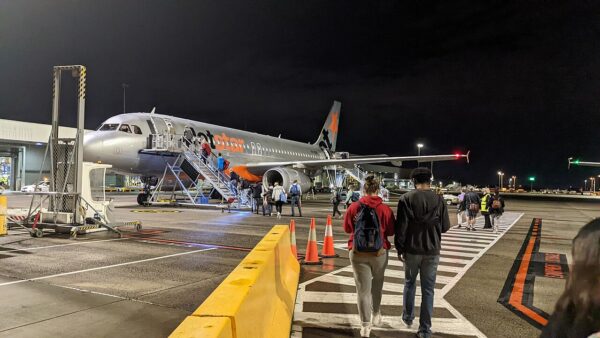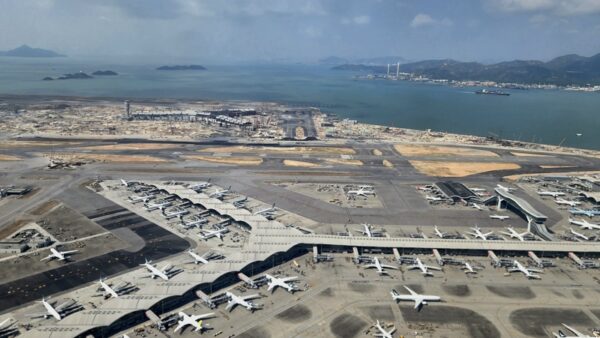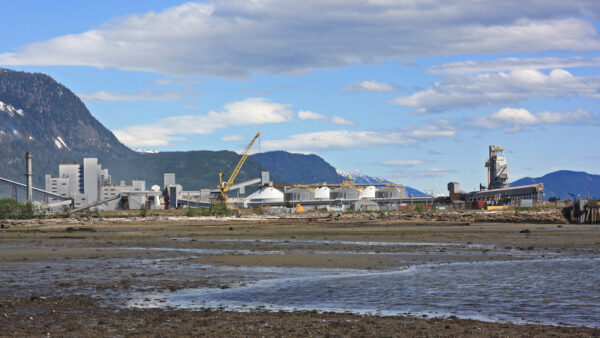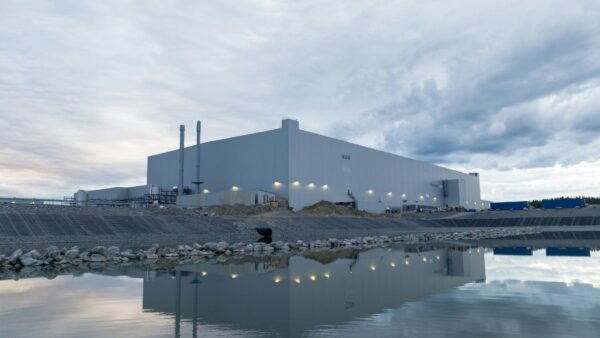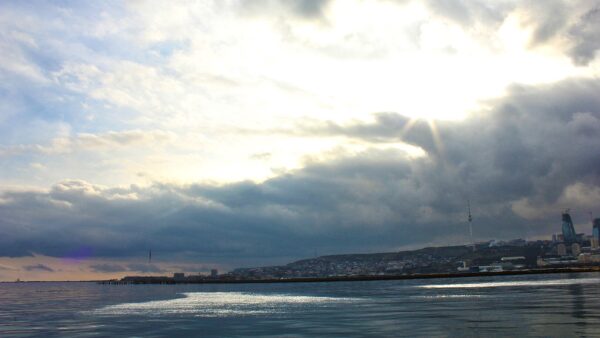The Thai government will reveal the location of its planned “land bridge” between the Gulf of Thailand and the Andaman Sea in June, the country’s transport minister Saksayam Chidchob has said.
The plan is to build two deepwater ports on either side of one of Thailand’s narrowest regions, linked by a 100km railway and motorway, so that cargo ships sailing between the west Pacific and the Middle East can use the land bridge as a relay, allowing them to avoid the Malacca Strait at Singapore, the world’s most congested sea corridor.
The land bridge concept has replaced the long-mulled idea of building a costly canal.
The government approved a $5.3m feasibility study last year (see further reading). This assessed the land bridge’s environmental impact and economic prospects. The State Railway of Thailand was also allocated $3m to study rail routes.
The scheme, which is being called the Chumphon-Ranong land bridge, is particularly aimed at oil shipments from the Gulf to China, Japan and South Korea, according to Mr Saksayam.
It will involve the construction of a deep-sea port in Chumphon Province on the Gulf of Thailand and the upgrading of the small port of Ranong on the Andaman Sea into a deep-sea port. These would be connected by a dual-track railway and a motorway.
He commented: “This future transport and cargo exchange gateway will bring down transport costs by bypassing heavy traffic in the Malacca Strait.”
The Bangkok Post notes that in 2016, about 19 million barrels of crude oil were transported through the Malacca Strait every day, as well as 24 million containers a year. At present, the main beneficiary of this traffic is Singapore, which hosts Asia’s largest petrol terminal and is ranked the second busiest port in the world, after Shanghai.
Thailand is hoping to capture some of that traffic, becoming “an intercontinental shipment and cargo exchange gateway”, in the words of Mr Saksayam.
The idea of the rail link replaces plans for a canal dating back to the 18th century. This would have had a price tag variously estimated at $28bn and $66bn, once built, would have required continuous dredging.
Prime Minister Prayuth Chan-ocha appears to have endorsed the rail alternative, suggesting last fall that it could help kick-start the country’s recovery from COVID-19.
Asean Today comments that the proposed land bridge is a “geopolitical play” on the part of Thailand, and could have differing effects depending on whether China is involved in its finance and construction.
“If built with the help of China, it could fit within the Belt and Road Initiative, linking to Chinese-backed railways and making Beijing less reliant on the Strait of Malacca,” it said in an editorial.
“If Thailand finds other partners or keeps most control of the project in-house, it could provide a counterpoint to China’s plans by increasing regional trade integration without the assistance of Beijing.”
Image: A map showing roughly where the Kra isthmus shipping link would be (GCR/Google Maps)
Further reading:





